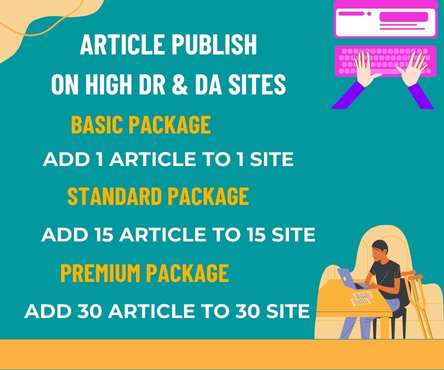In today’s digital landscape, a website is often the first point of contact between a business and its potential customers. With the rise of online shopping and digital services, the importance of making a good first impression cannot be overstated. Website Design Wollongong plays a critical role in shaping this impression, influencing how visitors perceive a brand, its values, and its offerings. A well-designed website can captivate audiences, build trust, and drive conversions, while a poorly designed one can deter potential customers and ultimately harm a business’s bottom line.
The Psychology of First Impressions
When visitors land on a website, their brains rapidly process visual cues, making judgments about the site’s credibility, trustworthiness, and relevance. This process occurs almost instantaneously, with research suggesting that it takes a mere 50 milliseconds for users to form an opinion about a website. The visual elements of web design, including layout, color scheme, typography, and imagery, all contribute to this initial assessment.
A website’s design can evoke emotions, convey values, and create a sense of connection with its audience. For instance, a clean and minimalist design might suggest a brand’s commitment to simplicity and elegance, while a vibrant and playful design might convey a sense of creativity and enthusiasm. By carefully selecting design elements, businesses can create a website that resonates with their target audience and sets the tone for a positive user experience.
The Key Elements of Effective Web Design
Several key elements contribute to a website’s overall effectiveness, including:
- Visual Hierarchy: A clear visual hierarchy guides visitors’ attention, helping them navigate the site and focus on key elements, such as calls-to-action.
- Color Scheme: Colors can evoke emotions, convey meaning, and create brand recognition. A well-chosen color scheme can enhance a website’s aesthetic appeal and reinforce its brand identity.
- Typography: Typography plays a crucial role in shaping a website’s tone and personality. Fonts can be used to convey professionalism, creativity, or playfulness, depending on the brand’s values and target audience.
- Imagery: High-quality imagery can elevate a website’s design, communicate complex ideas, and create an emotional connection with visitors.
- Responsiveness: With the majority of users accessing websites via mobile devices, a responsive design ensures that a website adapts seamlessly to different screen sizes and devices.
The Consequences of Poor Web Design
A poorly designed website can have far-reaching consequences, including:
- High Bounce Rates: If visitors don’t find what they’re looking for or are put off by a website’s design, they’ll likely leave, resulting in high bounce rates and lost opportunities.
- Negative Brand Perception: A website’s design can shape visitors’ perceptions of a brand, influencing their trust and loyalty.
- Lost Conversions: A website that fails to guide visitors through the conversion process or creates unnecessary friction can result in lost sales, leads, or sign-ups.
Best Practices for Effective Web Design
To create a website that makes a lasting impression, businesses should:
- Know Their Audience: Understand their target audience’s needs, preferences, and behaviors to create a website that resonates with them.
- Keep it Simple: Prioritize simplicity, clarity, and ease of use to ensure a seamless user experience.
- Test and Iterate: Continuously test and refine their website to ensure it meets user needs and stays ahead of the competition.
- Invest in Quality Imagery: Use high-quality imagery that reinforces the brand’s message and creates an emotional connection with visitors.
- Stay Up-to-Date with Trends: Keep pace with the latest web design trends, technologies, and best practices to stay ahead of the competition.
By prioritizing effective web design, businesses can create a strong online presence, build trust with their audience, and drive conversions. In today’s digital landscape, a well-designed website is no longer a nicety – it’s a necessity. With the right design elements, businesses can make a lasting impression, establish a strong brand identity, and ultimately drive success in the digital marketplace.

